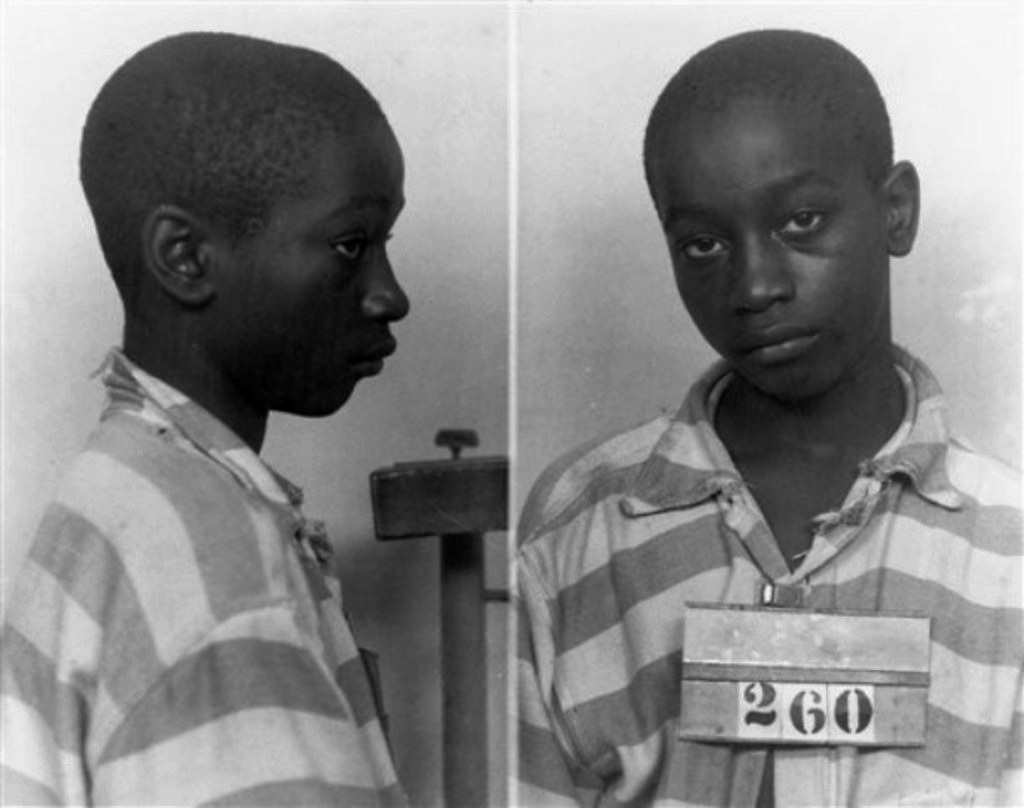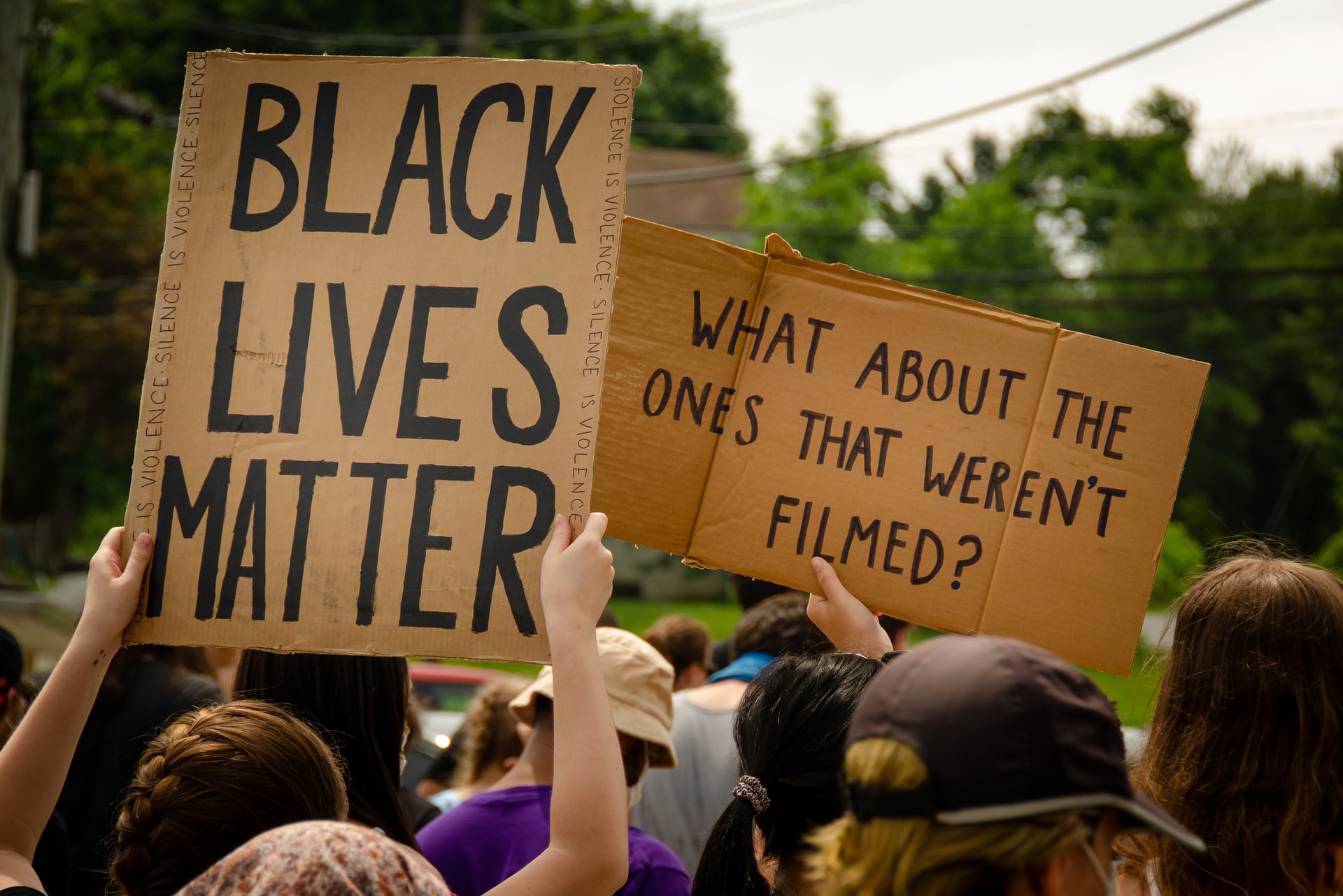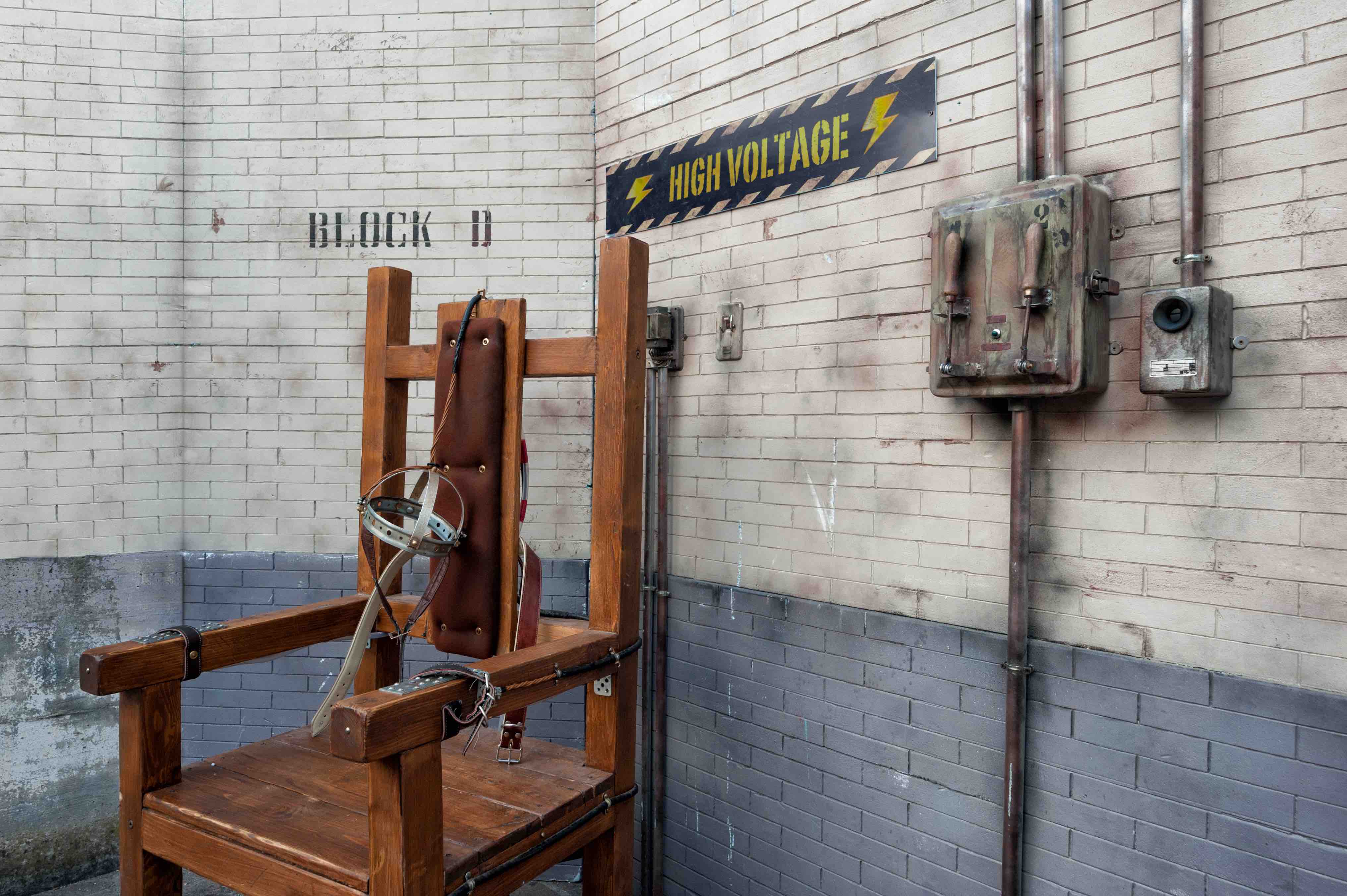
Death penalty facts can intrigue almost anyone. News about serial killers and death row inmates can turn heads from anywhere in the world. Most of the time people look into news about criminals because of fear and downright weird fascination.
Let’s face it — it’s easy to wonder why people commit crimes that could possibly lead to their death. Poverty, crimes of passion, and greed are some of the most common reasons. Still, one can’t help but wonder why most countries even have the death penalty. Does it have to do with the culture of a country? How can people stomach punish criminals with death? What makes up the real reason behind the passing of capital punishment? If you think about these things too, this rundown of death penalty facts below can answer a few of your questions.
At the end of the day, this much is true — criminals know what they get themselves into. The moment they agree to an illegal deal or a plot to kill someone, their one foot is already in the grave. No matter how hard life may be, it pays to be careful of one’s actions, as committing crimes is not worth it for the bill that you’d have to pay. These mind-blowing facts about the death penalty will keep almost anyone from even thinking about doing a crime!
- 01The first known record of the death penalty dates back to the 18th century BC.
- 0225 states of America employ the death penalty.
- 03In 1608, Captain George Kendall became the first man executed on United States soil for espionage.
- 0456 countries practice capital punishment.
- 05England outlawed the death penalty in 1965.
- 01Death penalty is also called capital punishment.
- 02Jephthah Big received capital punishment for sending a threatening letter back in 1729.
- 03In Ancient Greece, capital punishment applied to crimes of murder, rape, arson, and treason.
- 04The top countries practicing death penalties are China, Iran, Saudi Arabia, Iraq, Pakistan, Egypt, Somalia, the USA, Jordan, and Singapore.
- 05George Stinney Jr. died as the youngest person in modern history to be executed by an electric chair.
- 06The oldest person executed in modern history was 83-year-old Walter Moody.
- 07Up until 2005, the United States Supreme Court allowed juvenile criminals to receive the death penalty.
- 08Since 1976, the United States justice system has executed over 1,500 inmates on death row.
- 09As late as 2013, approximately 15 countries still allowed women to be stoned to death as capital punishment.
- 10Between 1977 to 2017, the US sentenced a total of 8,440 death row inmates.
- 01Uzbekistan executed death row inmates by boiling them to death.
- 02Islamic countries that practice Sharia law practice capital punishment.
- 03Lethal injection is the most common and popular method of execution.
- 04Lethal injections are usually made up of three drugs; Midazolam, Vecuronium Bromide, and Potassium Chloride.
- 05A dentist by the name of Alfred Southwick invented the infamous electric chair.
Death Penalty Facts Infographics

The British invasion of North America influenced the rules of death penalty in the United States.
Britain did more than just bring white people to North America. The European colonizers also taught their methods of capital punishment to the new world. Virginia Governor Sir Thomas Dale strictly exercised capital punishments for major and minor offenses by implementing the Dale’s Code (the Lawes, Divine, Morals, and Martiall). Based on the code, you can get hanged for just killing a chicken or stealing a small bunch of grapes. During that time, people would think twice before talking back to their mothers or not believing in a god in fear of capital punishment.
Texas holds the most number of death penalty executions out of all the US states.
The death penalty facts about Texas come as a shock to most people. Since 1982, around 570 inmates have died of execution in Texas. Rick Perry, a former Texas Governor, holds the record of having the most death penalty executions among other US governors in history.
During his term, around 279 executions occurred. For some reason, the juries of this state just can’t get enough of imposing death sentences. Because of all this, the Texas Coalition to Abolish the Death Penalty (TCADP) was formed in 1995. The organization aims to abolish the death penalty in Texas completely.

Committing capital murder in prison happens a lot.
The meaning behind capital murder differs in various different countries. Britain and Ireland included capital murder in their list of statutory offenses. This happened before the European Union or EU got rid of the death penalty in all its countries.
Nowadays, capital murder usually refers to a murder committed by a person while in prison. This applies to killing any prison staff or official while incarcerated. An inmate serving time for murder should avoid capital murder. Otherwise, they might get a worse sentence.
George Stinney Jr. did not deserve to die on the electric chair.

One of the most heartbreaking death penalty facts is George Stinney Jr’s case. The 14-year-old African-American boy was the youngest convict to die under capital punishment in modern history. The police arrested the young boy for the alleged brutal killings of two girls.
In a cruel turn of events, a judge ruled out Stinney’s conviction 70 years after his death. This decision came after they determined the violation of Stinney Jr.’s constitutional rights.
Unfortunately, the good news came far too late for Stinney Jr.’s family as his untimely death occurred more than 70 years ago.
Death row inmates wait an average of 15 years before execution.
The lengthy waiting time for executions makes it the least known cause of death of inmates on death row. The death sentences go through a lengthy process that lasts years. USA officials follow a strict protocol with death penalty cases to keep innocent inmates from wrongful executions
Only 13% of convicts face their execution. The remaining death row inmates usually die of suicide, illness, or natural causes. They also have a chance of getting released when their convictions get overturned.
Capital punishment meant banishment during Japan’s Heian period.
In the 4th century, Japan‘s judicial system followed China’s influence. It included the torture and punishments that came with the death penalty.
However, the country eventually stopped using these cruel methods of capital punishment. During the Heian period, Japan abolished the death penalty altogether. Because of this, banishment to remote areas became Japan’s capital punishment at that time instead.
Some death row inmates died without proving their innocence.
In 1950, police officials arrested and executed Timothy Evans for allegedly killing his daughter. Investigators eventually learned that a serial killer was responsible for the gruesome death of Evans’ daughter. He was renting a room from Evans during the crime.
The true number of wrongful executions proves difficult to determine. The list of false convictions grows day by day. Having the perfect alibi doesn’t really save you from being put behind bars. Fortunately, the continuous development of DNA studies can help change that.

China leads the world’s top proponent of the death penalty.
China‘s notoriety comes up on almost every compilation of death penalty facts. Reports claim that China executes an average of 1,000 convicts annually. Some believe that the country’s officials came up with “death vans” for more efficient executions. The convicts receive lethal injections while strapped on electrical stretchers. Because of this, you better think twice before committing a crime in China.
Some countries apply the death penalty to animals.
Nowadays, only humans can face arrest for wrongfully abusing or killing animals. However, that wasn’t the case in early history. Capital punishment applied to all living things back then. Different countries passed their own set of animal trials. Numerous animals faced torture and death for different crimes.
An example of wrongful animal executions includes the demise of Mary the elephant. In 1916, spectators of the Sparks Circus expressed their outrage after witnessing a gruesome death. Mary the elephant or “Murderous Mary,” as she was called, killed her inexperienced trainer during their performance. The audience demanded the elephant’s death. To avoid further scandal, Sparks Circus publicly executed Mary in front of a large crowd.
The US spends millions on executing capital punishment.
Death penalty facts always include capital punishment’s expensive price. Countries practicing capital punishment set aside millions of dollars to execute criminals. But, why does the death penalty come with a hefty price tag?
In the US, the government offers to compensate the legal costs of criminals without income. They assign court-appointed lawyers or public defenders while paying for the prosecution’s cost as well. Aside from that, the pre-trial costs that go along with capital cases tend to pile up. The court hires experts needed for the defendant’s mental health and background. Plus, the state needs to prepare payments for the jury, the whole trial, the incarceration, and the appeals filed.
The whole process for the death penalty takes up a lot of time too. Trials can last more than four times longer than those of non-capital cases. The expensive price tag on capital punishment urged the formation of various groups aiming to end the death penalty.
Death row inmates can order their last meals.
Inmates on death row get the chance to order whatever meal they want before their execution. Different states follow a budget when it comes to the requested food. Having said that, most inmates still get their last meal requests at the end of the day.
Prisoners like Robert Madden asked for their last meals to be given to homeless people. Unfortunately, such requests often get rejected. Online, you can easily find a list of the last meals that convicts ordered before they faced their executions.
The last death penalty execution in England stemmed from betrayal.
Gwynne Evans and Peter Allen received capital punishment after murdering John Alan West. The killing happened after the two individuals worked together to rob their friend in his home. The authorities easily arrested the two men after they left their belongings behind. The two greedy men became the last people executed with the death penalty in England.
Racism plays a big part in the sentencing of the death penalties
You probably expected to find an entry about racial discrimination in our list of death penalty facts. Well, you’re right on the money. The sentencing of George Stinney Jr. obviously shows the racism at play. The boy received capital punishment at the young age of 14.
Elsewhere, the US Supreme Court held back the execution of death row inmate Keith “Bo” Tharpe. This happened after Tharpe’s lawyers raised the issue of an unjust sentence caused by a certain juror’s racist remarks.
Undoubtedly, the color of the defendant’s skin plays a crucial part in the process of their cases in court. The cruel reality of racial discrimination became more obvious in the volume of police brutality cases in the US alone.

The US passed the death penalty to juvenile criminals.
The US holds the title for the most number of juvenile offenders executed with capital punishment. More than 226 juveniles have faced the death penalty since 1973. Unlike most nations, the US Supreme Court only decided to outlaw the death penalty to juveniles in 2005.
Despite its passing, a lot of people debate about the responsibility of minors who committed crimes. Yes, they should face the consequences of their actions but do they deserve to die for it? Some say that individuals who aren’t full-grown adults should only serve prison sentences. Experts also argued that minors who committed crimes do not have fully developed brains to be aware of what they’re doing. These factors helped outlaw the penalty.
Death row inmates became guinea pigs of electric chair executions.

Dentist Alfred Southwick’s reason for inventing the electric chair leaves death penalty facts readers puzzled. He claimed that he built the execution instrument for a more “humane” death for capital punishment.
However, his invention proved far from perfect in the first few executions of inmates on death row. William Kemmler’s execution became the first recorded death on the electric chair. The late inmate suffered an excruciating eight minutes before he finally passed away. More death row convicts faced the same fate until the electric chair could finally deliver a quicker execution.
The longest-serving death row inmate eventually found freedom.

Iwao Hakamada stayed on death row for 45 years. He received a death sentence for being the alleged suspect of a quadruple murder in Japan in 1966. A judge eventually set the professional boxer free after his initial conviction was caused by faulty evidence on the case. Shigemi Mori decided to create a manga series narrating Hakamada’s life and the events that led to the boxer’s arrest.
Saudi Arabia still uses crucifixion to execute death row inmates.
Saudi Arabia prefers to stay true to many traditional practices. This includes using crucifixion to execute inmates on death row. If you happen to drop by the country, you might get the chance to witness a public execution.
The horrific showcase still manages to grab the attention of numerous spectators. People watch as executioners crucify, behead, and leave the corpses of convicts on display.
China broadcasted a talk show that interviewed death row inmates before their executions.
Millions of Chinese viewers earnestly tuned into the hit show Interviews Before Execution (临刑会见), which aired from 2006-2012, that features journalist Ding Yu interviewing death row inmates before they are executed.
The idea of the show stemmed from the fact that China continues to hold the highest number of capital punishment executions in the whole world.
Chinese death row inmates dreaded Death By A Thousand Cuts.
Lingchi (凌遲) or Death By A Thousand Cuts gave inmates a slow and excruciating death. Torture and execution applied to this cruel death sentence. Criminals expect to face Lingchi if they commit a heinous crime.
Executioners mutilate convicts with numerous cuts before striking a final blow against the head or heart. China eventually outlawed the brutal execution method in 1905.
Historical executions include impalement
Everyone knows that historical executions for capital punishment brutally killed criminals. One of the most feared methods of execution includes impalement.
You probably saw how it happens during jousting events in films. However, the impalement applied to the death penalty is more brutal.
Historical rulers like Vlad of Wallachia use a gruesome technique of impalement when sentencing prisoners. Executioners forced a large wooden stake up the anus of the convicts. The stake displaces their organs which causes their eventual demise.
Was this page helpful?
Our commitment to delivering trustworthy and engaging content is at the heart of what we do. Each fact on our site is contributed by real users like you, bringing a wealth of diverse insights and information. To ensure the highest standards of accuracy and reliability, our dedicated editors meticulously review each submission. This process guarantees that the facts we share are not only fascinating but also credible. Trust in our commitment to quality and authenticity as you explore and learn with us.


